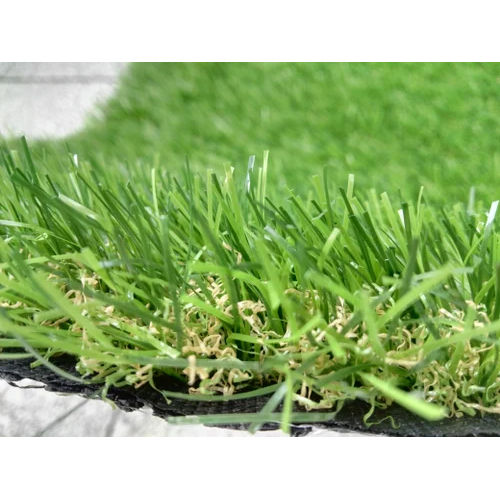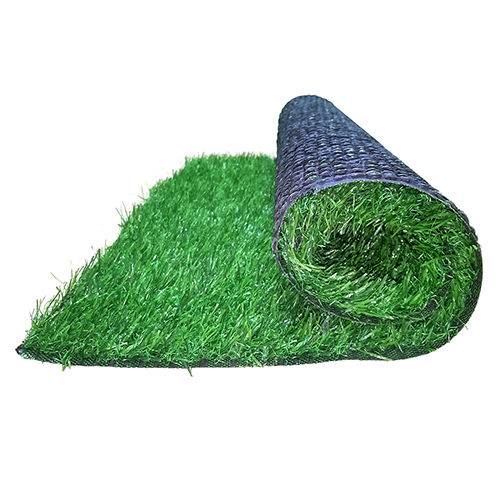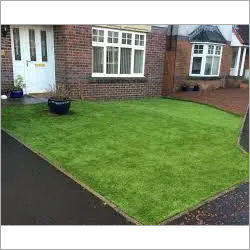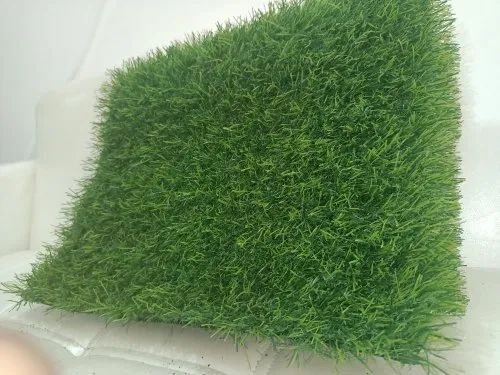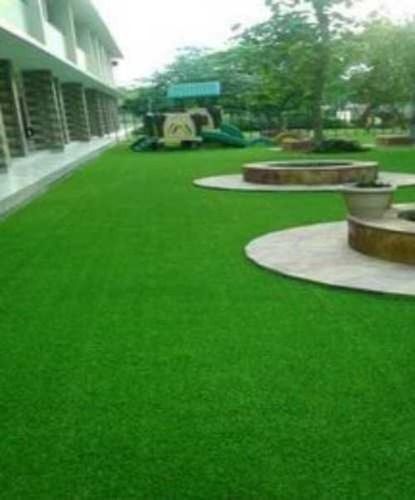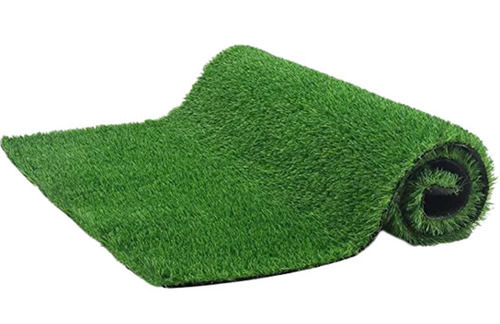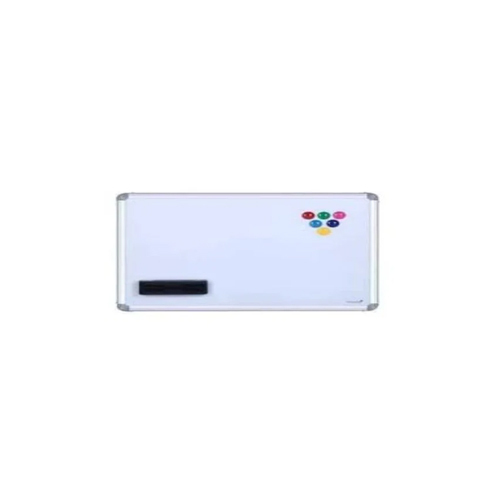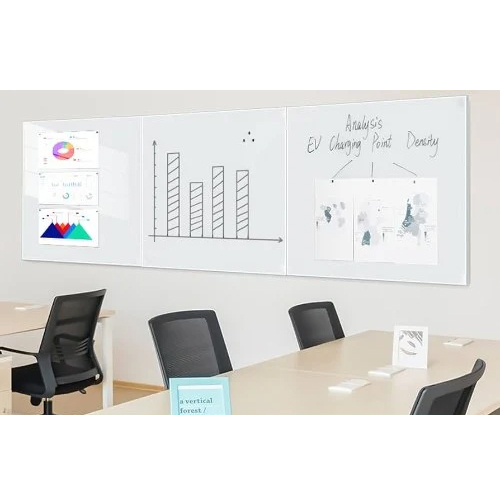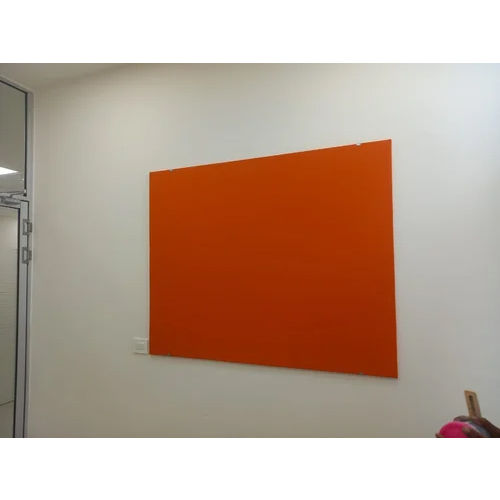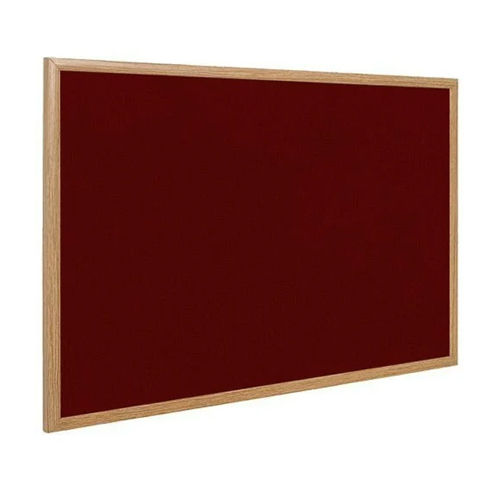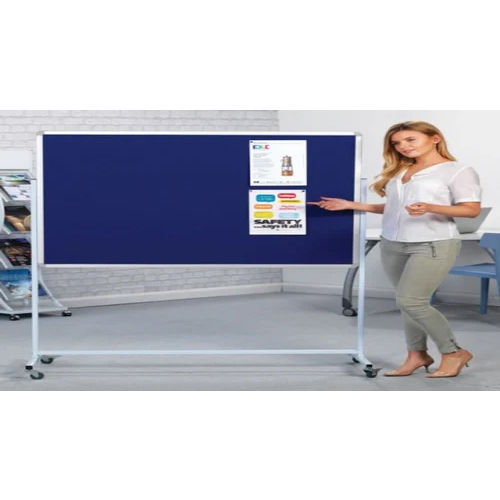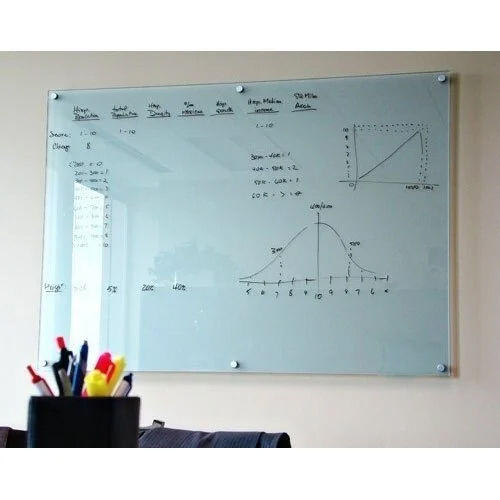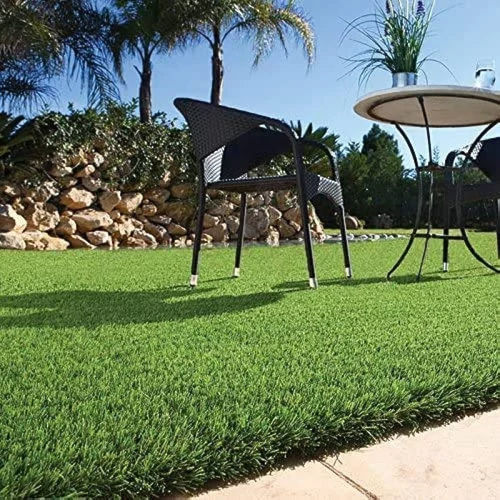
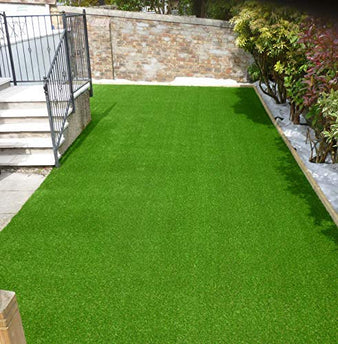


Pvc Green Artificial Grass Mat - Advantage: Easy To Clean
Price: 4435.20 INR / Square Foot
(3960.00 INR + 12% GST)
Get Latest Price
MRP:
4435.20 INR / Pieces
Weight :
40.00 Kilograms (KG)
1 Pack Contains :
1
Minimum Pack Size :
1
In Stock
Product Specifications
| Feature | Washable |
| Material | Polypropylene |
| Pattern | plain |
| Use | Outdoor |
| Advantage | Easy To Clean |
| FOB Port | Delhi |
| Payment Terms | Cash in Advance (CID) |
| Supply Ability | 3000 Per Month |
| Delivery Time | 1 Days |
| Sample Available | No |
| Sample Policy | Contact us for information regarding our sample policy |
| Packaging Details | Packaging grass, whether it's sod, artificial grass, or dried grass (such as for decorative or craft purposes), requires specific care and considerations based on the type of grass and its intended use. Since grass is a natural product (or an imitation), packaging must protect it from environmental factors, preserve its quality, and facilitate safe and efficient handling and transportation.Types of Grass and Their Packaging Requirements:1. Sod (Natural Grass) Packaging:Sod is often used for landscaping or lawn installation and is typically sold in rolls or slabs.Packaging Method:Rolled Sod: Fresh sod is usually harvested, cut into strips, and rolled into cylindrical shapes for easy transportation. Each roll is typically wrapped in a biodegradable mesh or netting to keep the grass in place and prevent it from unrolling.Stacked Sod Slabs: For larger installations, sod may be cut into rectangular slabs and stacked on pallets for bulk delivery. The slabs are generally held together with twine or shrink-wrap to keep them stable.Protection:Moisture Retention: Since sod needs to stay hydrated to remain fresh, it is often packaged with a layer of plastic or moisture-absorbing materials (like wet burlap) to retain moisture during transport.Cooling or Refrigeration: For longer shipments, sod may be refrigerated or kept cool in insulated containers to prevent it from drying out or becoming heat-stressed.Labeling: Packaging typically includes labels indicating the type of grass (e.g., Kentucky bluegrass, Bermuda, etc.), installation instructions, and care information.2. Artificial Grass (Synthetic Turf) Packaging:Artificial grass is used for landscaping, sports fields, or recreational areas. It usually comes in large rolls or tiles.Packaging Method:Rolls or Sheets: Artificial grass is typically rolled tightly onto a core (often cardboard or plastic) to prevent wrinkling or damage. It is then wrapped in plastic shrink-wrap to keep the roll intact and protected from dirt or moisture.Compact Boxes: Smaller pieces or tiles of artificial grass are packaged in boxes or cartons, with individual sections stacked neatly inside. These boxes may also contain additional accessories such as adhesive or seaming materials.Protection:Weatherproofing: Since artificial grass is synthetic, it doesn't need moisture but can be affected by UV rays and dirt. Packaging often includes a protective plastic covering or shrink-wrap to shield the grass from exposure to sunlight and contaminants.Stability: The rolls are often tightly bound to prevent shifting and to protect the edges from damage during handling.Labeling: Labels typically feature the brand name, product specifications (e.g., pile height, color, UV resistance), installation guidelines, and any warranty information |
| Main Export Market(s) | Asia |
| Main Domestic Market | All India |
| Mop | 1 |
| Weight | 40.00 Kilograms (KG) |
| Pkg Box Length | 120.00 Inches |
| Product Unit | 4 Pieces |
| Moq | 4 |
| Price | 3960.00 INR (Approx.) |
| GSTIN | 12% |
| Currency | INR |
| Pkg Box Height | 120.00 Inches |
| MRP | 4435.20 INR |
| Packsize | 1 |
| Returnable | No |
| Pkg Box Breadth | 48.00 Inches |
| Stock Quantity | 5997 |
| Price Type | fixed |
| Brand Name | Writing and display |
| Unit Type | Pieces |
| Shipping Type | free |
| Minimum Ordered Packs | 1 |
| Minimum Order Quantity | 4 |
Company Details
Writing and display we are proud to be a leading manufacturer in the board production industry, committed to delivering high-quality, durable, and sustainable board, soft board, pin board, magnetics board, non magnetic board, magnetic green chalk board, non magnetics chalk board, white board, writing glass board, white board with moveable stand, artificial green grass, combination board, double sided board, welcome board, acrylic shutter board, lacquered magnetic glass, Trypod stand and all boards solutions for a wide range of industries. With years of expertise we specialize in producing all kind of boards
Business Type
Manufacturer, Supplier
Employee Count
35
Establishment
2013
Working Days
Monday To Saturday
GST NO
07CFBPK3828J1ZD
Payment Mode
Others
Related Products
Explore Related Categories
Seller Details

GST - 07CFBPK3828J1ZD
New Delhi, Delhi
Marketing Manager
Mr Amresh Display
Members since
2 Years
Address
4b, Gali No-54 Q,Blk-E 3rd Molarband Extn, Badarpur, New Delhi, Delhi, 110044, India
Report incorrect details


